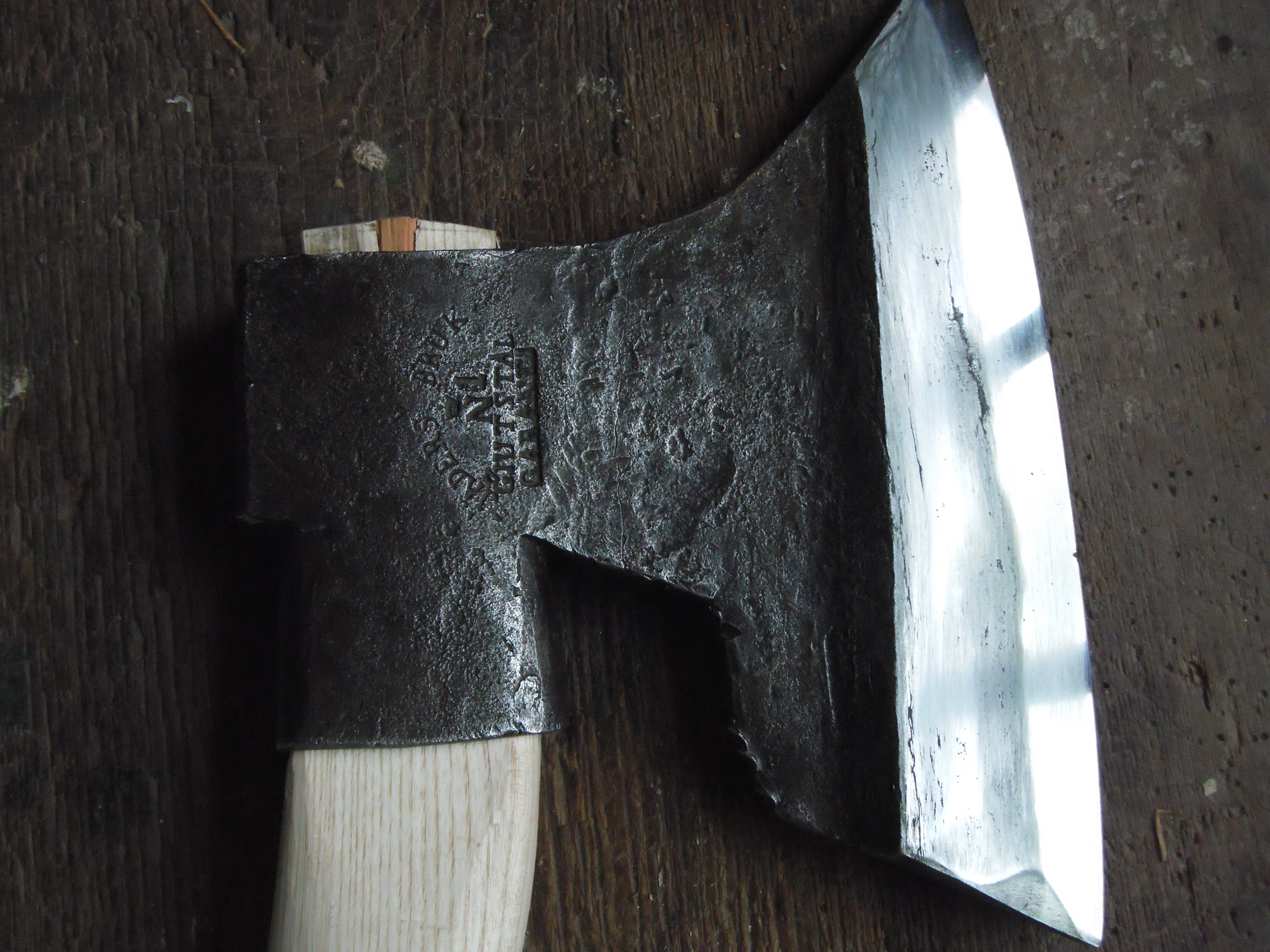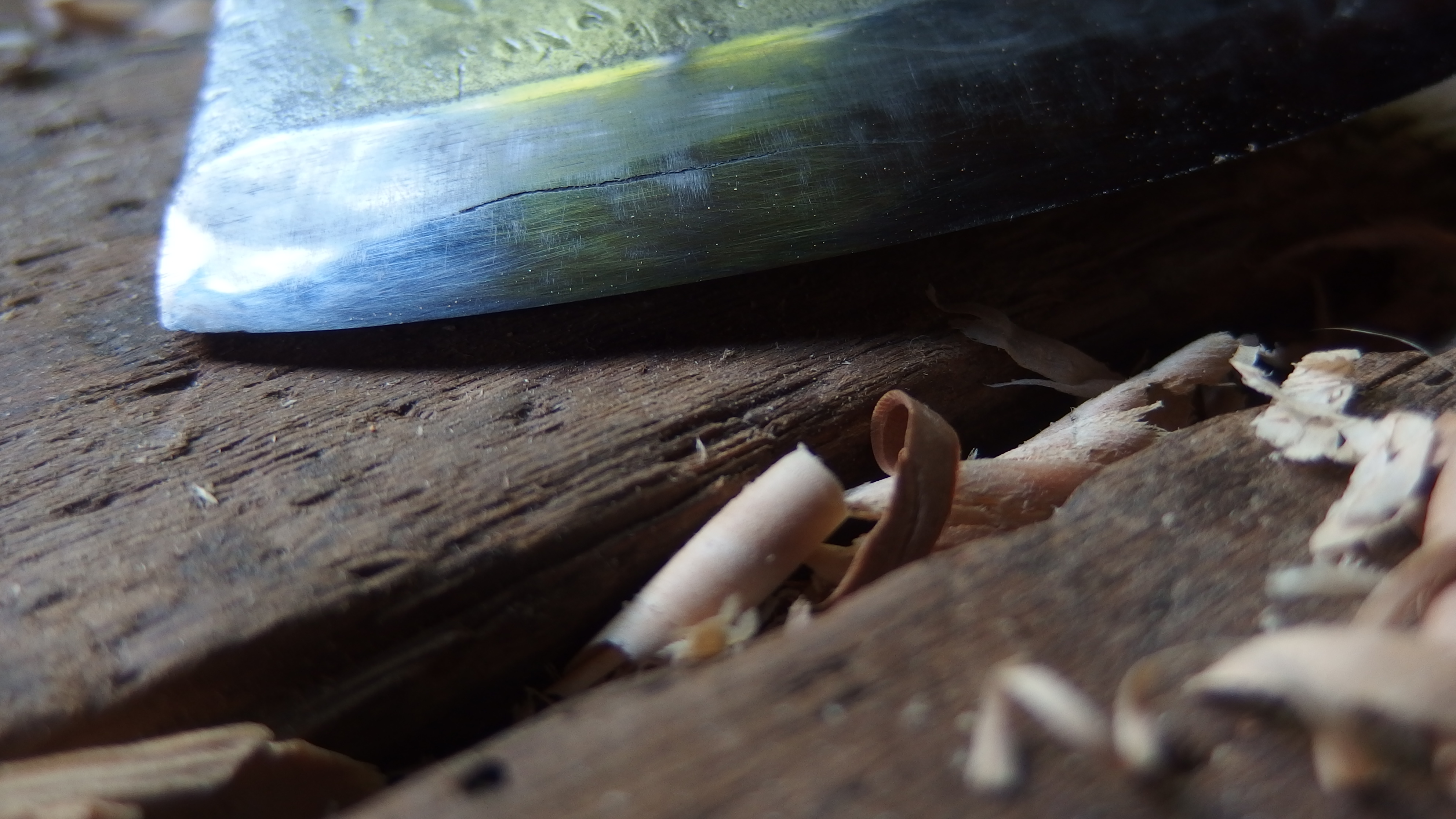P.S.
Shops that make vehicle leaf-springs have remnants,"drops",that they'd most likely sell you very reasonably(if not just gift it to you,knowing what a cool project you need it for).
Any chunk of steel that still retains it's spec-sheet is what it's all about.KNOWN quantity,particularly once it comes down to heat-treating it.
And 5160,+ proper HT, would indeed make a very decent edge material.
Shops that make vehicle leaf-springs have remnants,"drops",that they'd most likely sell you very reasonably(if not just gift it to you,knowing what a cool project you need it for).
Any chunk of steel that still retains it's spec-sheet is what it's all about.KNOWN quantity,particularly once it comes down to heat-treating it.
And 5160,+ proper HT, would indeed make a very decent edge material.





